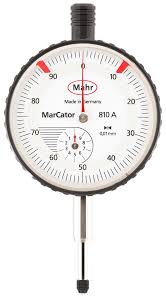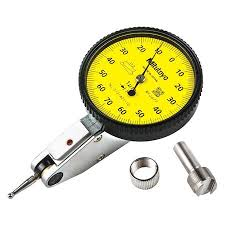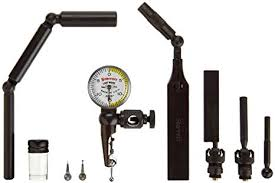- Joined
- Aug 5, 2018
- Messages
- 259
I recently discovered that there are a plethora of indicator types, test indicators and accessories available so I went to LMS where I was overwhelmed by what I saw; bases, arms, dials and more.
What do I need to perform the following on my mini mill:
Tramming my milling head?
Tramming a vise to the table?
Setting up work?
Not looking to take out a second mortgage but would like something reasonable and accurate and suited to my needs.
Mike
What do I need to perform the following on my mini mill:
Tramming my milling head?
Tramming a vise to the table?
Setting up work?
Not looking to take out a second mortgage but would like something reasonable and accurate and suited to my needs.
Mike




